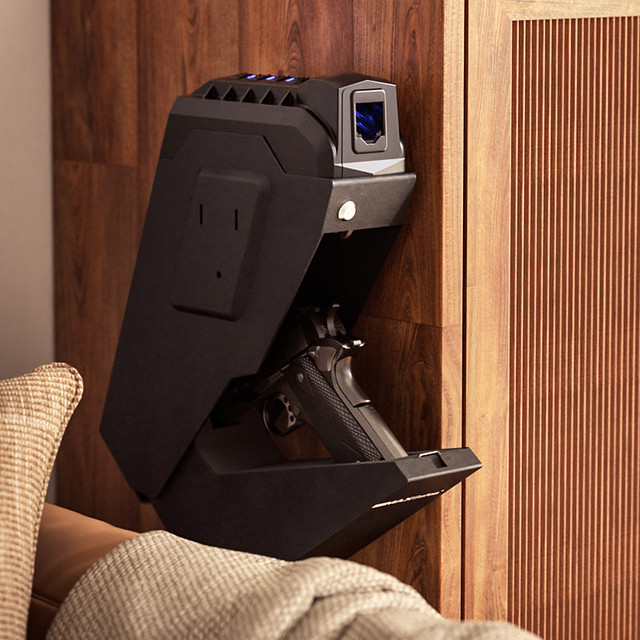Hotel Lobby Interior Design
Hotel lobbies are becoming more than just functional spaces. They are designed to engage and entertain. Technology offers many opportunities for innovation, but the human element of the lobby remains key.
Modern hotel lobby furniture tends to be tailored, but cozy, resembling a living room or family space at home. Artwork also looks curated and personalized.
Creating a multi-functional lobby
When designing a hotel lobby, it’s important to create dedicated zones that serve various functions. A multifunctional hotel lobby allows guests to find the perfect space to relax, work or meet with friends. These spaces should offer a variety of seating options to cater to different types of guests, from casual lounges to more formal conference areas.
Creating these multi-use spaces requires careful thought and planning, but it is a great way to ensure that guests feel comfortable and welcome at hotel lobby interior design your hotel. Using flexible furniture in your lobby design helps to add more seating options. Also, choosing furniture with a smooth finish can help create the illusion of more space.
Integrating local elements in your hotel lobby can also be an effective strategy to increase guest dwell time and attract a broader range of travelers. This can be achieved by displaying artwork or cultural references that reflect the local community and culture. Incorporating these elements into your hotel lobby can create a deeper sense of connection between the property and its destination, fostering an authentic experience.
Guests want a bespoke welcoming experience when they arrive at the hotel. By creating a versatile and inviting ambiance, you can attract more guests and increase your revenue. For example, providing a coffee bar or snack area in the hotel lobby will help guests to avoid off-site purchases and spend more time at the hotel.
Creating zones
Hotel lobbies have evolved from being mere entryways to becoming multifunctional spaces that are often seen as the ideal work and social hub. Creating a space that offers a diverse range of experiences is key to building an impressive impression on guests. This is possible by dividing the lobby into different zones that cater to specific needs.
For instance, if your hotel is frequented by business travellers, you may want to create a zone where they can meet and work, as well as a quiet area for people to relax. This allows guests to get a sense of the brand’s identity, and also helps them feel comfortable and engaged in the hotel’s community.
Another popular trend in hotel lobby design is to use biophilic features, which incorporate elements of nature to encourage a relaxing and natural ambiance. These features include windows, elevator shafts, stairs, housekeeping service stations, and storage. These features can be marked on the floor plan by text or symbols to indicate what they are.
Some lobbies now look like modern family or great rooms, with tailored, cozy furniture and custom art that looks curated rather than mass-produced. This makes the ambiance more inviting, and it can even encourage guests to stay for Residential Furniture longer, thus increasing the hotel’s bottom line. Moreover, such a design can discourage guests from working in coffee shops or meeting with clients outside the hotel, which will increase revenue for the property.
Creating a welcoming atmosphere
The ambiance of your hotel lobby is an important part of creating the perfect first impression for guests. You can create a cozy atmosphere with the right decor and lighting. It’s also a good idea to have plenty of seating for travelers.
If you’re looking for a warm and welcoming atmosphere, consider using fluted panels to add texture and warmth to the space. These decorative paneling styles have a series of shallow, parallel grooves or channels carved into the surface and come in a wide range of color options. Moreover, the design can match your hotel’s theme or style. To achieve a more modern look, you can choose a flat veneer panel with a linear or grid pattern.
Another way to create a welcoming atmosphere is by installing comfortable, stylish furniture. Ensure that the pieces are easy to clean and that they match the overall look of the lobby. You can also use decorative rugs to help set the stage for the desired ambiance in the space.
In addition to seating and tables, you can also provide a coffee bar or other food stations in your hotel lobby to give guests a taste of home. This will make your hotel a destination where travelers want to spend their time. You can even provide healthy snacks and drinks to promote wellness.
Creating a social space
When a hotel guest enters the lobby, it should immediately evoke a feeling of warmth and hospitality. This is achieved by creating a space that feels like a modern family room or great room. Instead of generic hospitality furniture, designers are using upholstered pieces that are cozy and welcoming. This creates a positive feedback loop, encouraging guests to linger and spend time in the space.
One way to create a multifunctional space in a hotel lobby is by designing separate zones that have distinct functions. These spaces can include a waiting area, coffee lounge, and an entertainment zone. Different seating arrangements can also be included, depending on the needs of your target audience. For example, if your hotel caters to business travelers, you may want to include a dedicated working zone with laptop ports and high speed internet access.
Another trend in hotel lobbies is the shift towards a more individual seating arrangement. This change reflects a growing desire for privacy and personalization in communal spaces. However, it also demonstrates the importance of balance between technology and human experience in hotel design.
Creating a social space in a hotel lobby requires creativity and planning. In order to create a safe multi-use space, it is important to make sure that the ambiance is inviting and safe. Additionally, you should consider what role your hotel lobby will play in the community. For example, if your hotel is a tourist destination, it is important to include local art and culture in the space.

